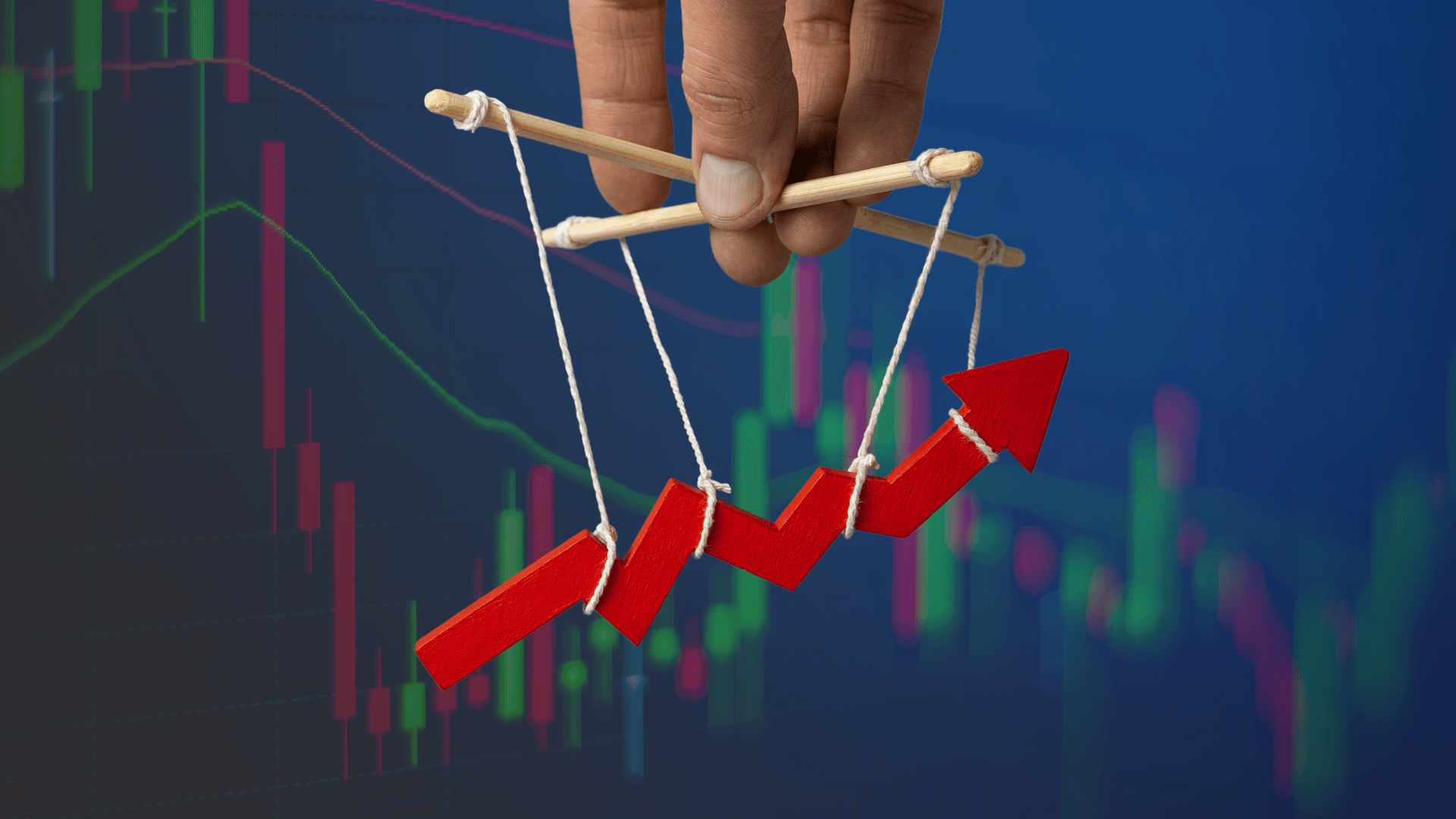Researchers and regulators have criticised market manipulation for manipulating stock prices and destroying market efficiency, with detrimental effects on economic activity.
Market manipulators have many guises. A tyrant might for example spike a microcap’s price by disseminating misinformation about it.
How Manipulation Effects Stock Prices
Supply and demand determine the market’s price, but some players take advantage of the market by using the chance to drive up prices for themselves. This kind of manipulation is illegal and puts other investors at a disadvantage. That’s why financial analysts must learn to spot market manipulation.
Detecting manipulation can be challenging. Churning, an example of manipulation, involves placing sudden orders without any real underlying development; similarly, order spoofing involves participants placing buy/sell orders without intent of fulfilling them merely to create the appearance of trading activity.
Financial manipulation is a subject all the people who do business with the financial markets should know, whether they are traders or regulators. Otherwise such behaviour would destabilise an otherwise stable market through no fault of its own. It’s also, fortunately, easily prevented by taking rigorous anti-manipulation measures, and by ensuring that people on social media report a suspect trading pattern.
Effects of Manipulation on Market Efficiency.
Market manipulation has become a growing worry to scientists and regulators because it corrupts prices, reduces investments and lowers price consistency and liquidity; and ultimately decreases the effectiveness of financial markets (Cumming et al. 2010; Khwaja & Mian 2005).
Martha Stewart insider trading scandal is one prominent example. Stewart bought shares in Erbitux ahead of its approval by the Food and Drug Administration – her stocks fell precipitously on the news.
The research of this study shows that opening price manipulation leads to a dramatic rise in the quantity of stock trading on and following manipulation dates, as well as wider bid-ask spreads due to information imbalance on those dates. In light of this spike, real traders retreat from the marketplace, dreading being stuck in unprofitable deals.
The Role of Manipulation in Economic Performance
Market manipulation: if the supply and demand of a security is out of balance and its price moves against normal direction then it’s because the price was mispriced. The manipulation of markets can be a myriad of things like “order spoofing” which makes a trader put orders they don’t actually perform to artificially adjust the price or tricks other traders into thinking the stock is getting liquidated early.
An instance of such a crime is a “pump and dump scheme” wherein shares are shilled to unprofessional investors on false or forged information in order to drive up their price so those that purchased the shares will then be able to sell at a higher price later on. This kind of ill-defined scam is quite common with penny stocks or low volume stocks.
Profitable manipulation of the trade isn’t typically practiced outside penny stocks and illiquid markets, but that doesn’t stop the Securities and Exchange Commission (SEC) from investigating and taking enforcement action against any suspect manipulators in small and illiquid stocks markets. Manipulation itself is inherently difficult to detect, but there could be one clear sign: bursts of activity that have nothing whatsoever to do with anything actually going on.
The Effect of Manipulation on the Stock Market.
The stock market is an industry that depends on cycles of supply and demand. When people artificially inflate those fluctuations to get rich, they are harming investors, not just financial markets.
A type of fraud is “front-running,” buying stocks with the expectation that a forthcoming transaction will drastically manipulate the price. Such behaviour is criminal, and can get perpetrators to prison for up to 10 years.
Other manipulation techniques are churning, spoofing and layering – short-term spikes of activity that do not match the actual pattern – and investors should avoid investing in stocks that appear to be manipulating. In general, those stocks have lower short-term returns and higher odds of price reversals than unstimulated stocks – external supervision and internal governance systems could reduce this level of manipulation if well developed.






